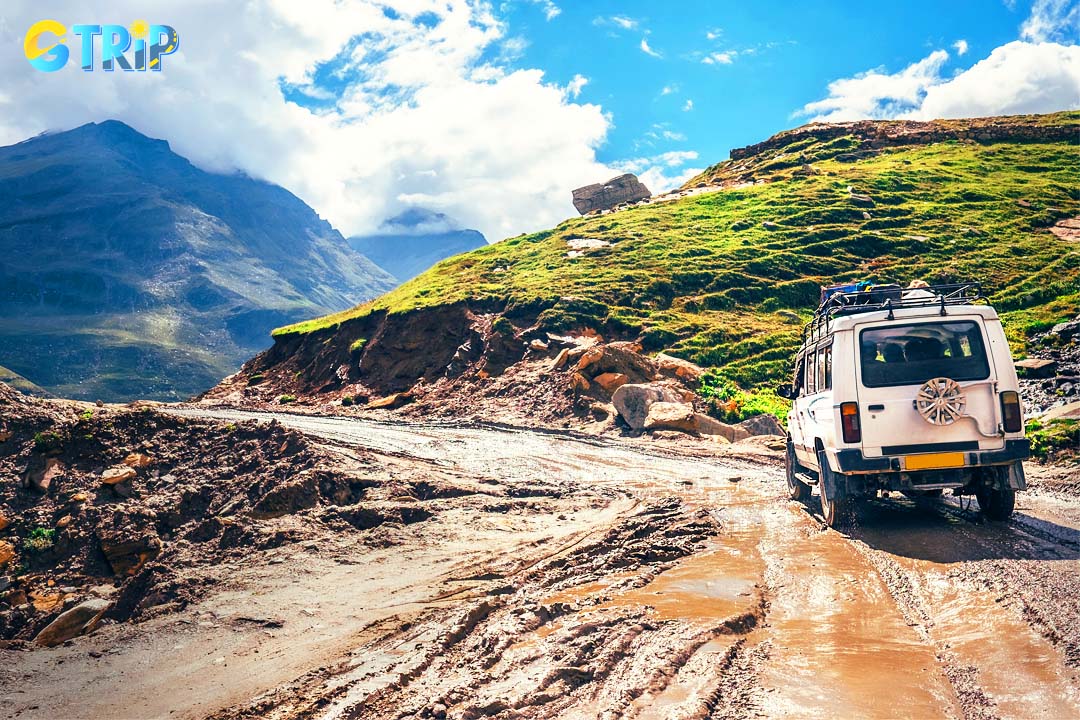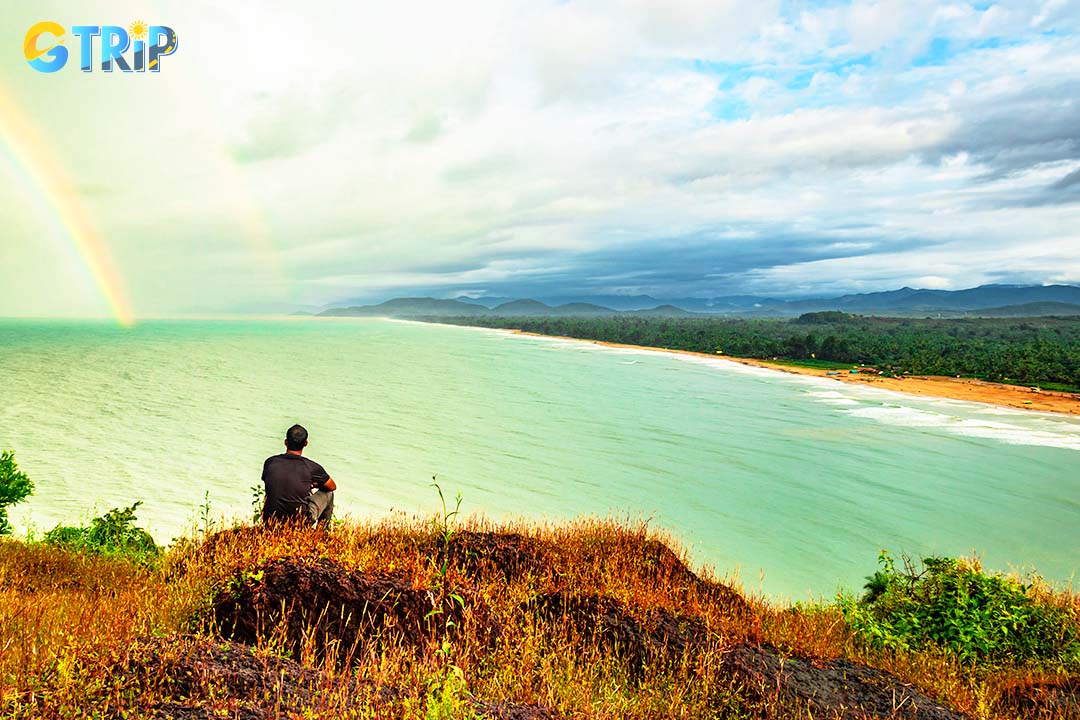Feb - 03 - 2024
Many people consider the rainy season to be the low season and opt to visit India during hot, cold, or chilly weather. On the other hand, some decide to take in the splendor of the monsoon-laden Indian countryside because of various traveling benefits. In this article, we will discuss many fascinating reasons why many tourists choose to travel to India in the wet season.
Why is the monsoon season in India an excellent time to travel?
Let’s explore why traveling during India's monsoon season is a great idea.
Engage in a variety of fascinating indoor activities
The monsoon season in India, typically lasting from June to September, offers a unique charm with frequent rain showers. While outdoor explorations might be hindered, this season presents an excellent opportunity to engage in a variety of fascinating indoor activities. Tourists can wander through indoor markets and bazaars. Cities like Delhi and Mumbai have bustling markets housed within historic buildings to shop for traditional handicrafts and souvenirs without getting wet.

Tourists visit Indian Alipore Jail museum in Kolkata city in rainy day
Additionally, travelers can explore India's rich cultural and historical heritage by visiting museums and art galleries, or spending a quiet day at local libraries to read about India's history, literature, and culture. Moreover, many cities in India have cultural centers or theaters that host classical dance shows, folk performances, and classical music concerts that are perfect to enjoy the music indoors on a rainy day.
Good time for a wellness retreat vacation
For those seeking relaxation and rejuvenation, the monsoon season is an ideal time for a wellness retreat vacation. Resorts and spa retreats across India provide a serene escape amidst lush greenery and the soothing sound of raindrops. The season's cool and refreshing climate enhances the therapeutic benefits of traditional treatments, making it a perfect time to prioritize health and well-being.

Monsoon season is an ideal timing for a holiday wellness getaway
Energy and financial efficiency when traveling
Traveling during the monsoon season in India often comes with cost benefits. This off-peak period sees fewer tourists, resulting in lower accommodation and travel costs. Additionally, the cooler weather during the monsoon makes it more comfortable for exploration, allowing travelers to experience popular attractions without the crowds. This combination of cost-effectiveness and pleasant weather adds to the allure of monsoon travel in India.

Tourists travel to India during the monsoon season can avoid crowded street
How to choose the best location for a trip with perfect rainfall?
In India, monsoon rains vary from place to place. While it rains at the other location less regularly and for only a few hours each day, there will be severe downpours elsewhere. Consequently, you can select where in India to vacation based on your objectives. Here are some recommendations for places with heavy and gentle rain.
Location getting the most rain in India during the monsoon
Mumbai is the largest city in India to receive the most rain during the southwest monsoon. Additionally, the monsoon in northeastern Kolkata typically brings with it heavier downpours. Aside from that, the wettest area in the Himalayas is in the east, near Darjeeling and Shillong, the capital of Meghalaya. This is because when the monsoon moves into the Himalayan range, it absorbs more rainfall from the Bay of Bengal.

A stunning rainbow graces the coastal sky following a heavy rainfall
Location getting the least rain in India during the monsoon
Major cities such as Delhi, Bangalore, and Hyderabad experience relatively less rainfall. Since Tamil Nadu receives the majority of its rainfall during the northeast monsoon, which lasts from October to December, Chennai receives very little rain during the southwest monsoon. Aside from that, the desert state of Rajasthan, the Deccan Plateau on the eastern side of the Western Ghats mountain range, and Ladakh in far north India are the places that receive the least amount of rain and are best visited during the monsoon.

People walking on the street after rain creating a different scene
The ideal monsoon season to travel to India may depend on your travel and activity preferences. Plan your vacation to India accordingly in this rainy season, and you will undoubtedly have a great experience in this colorful and fascinating country.


